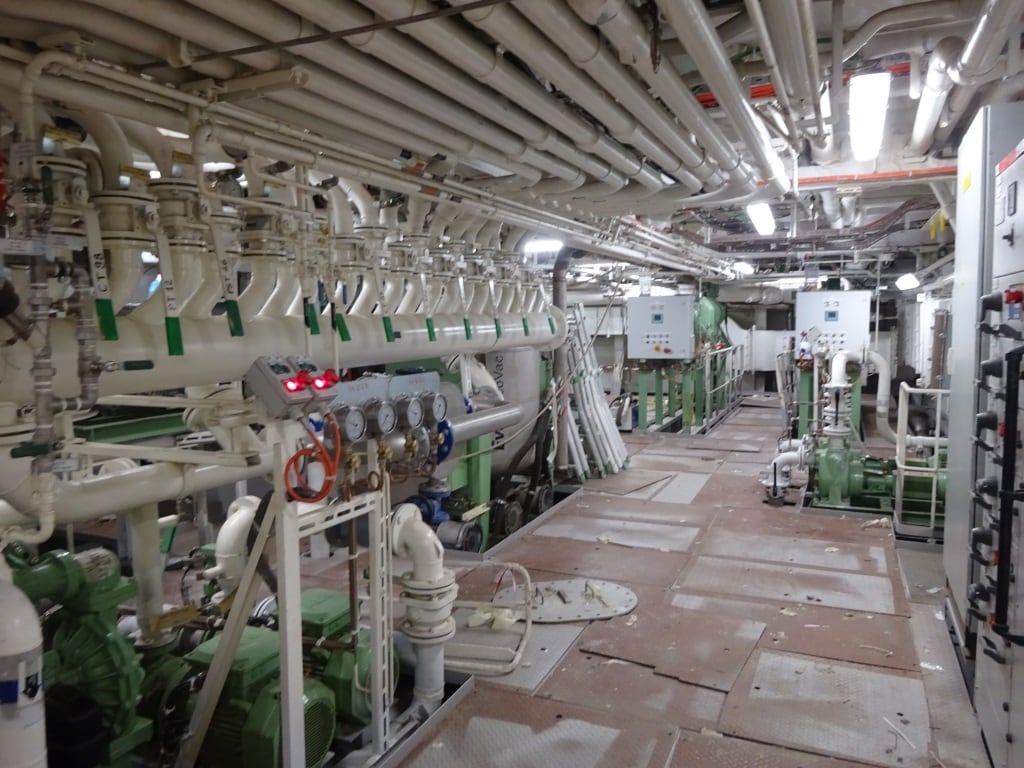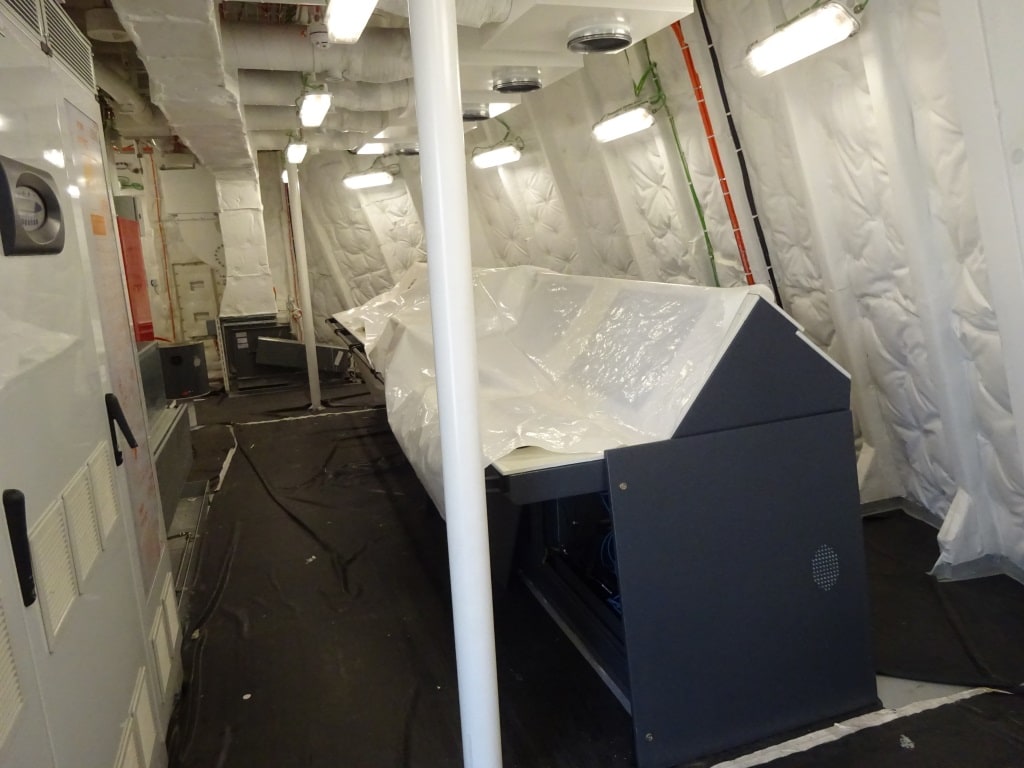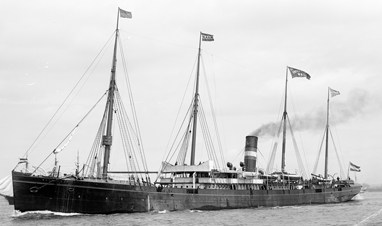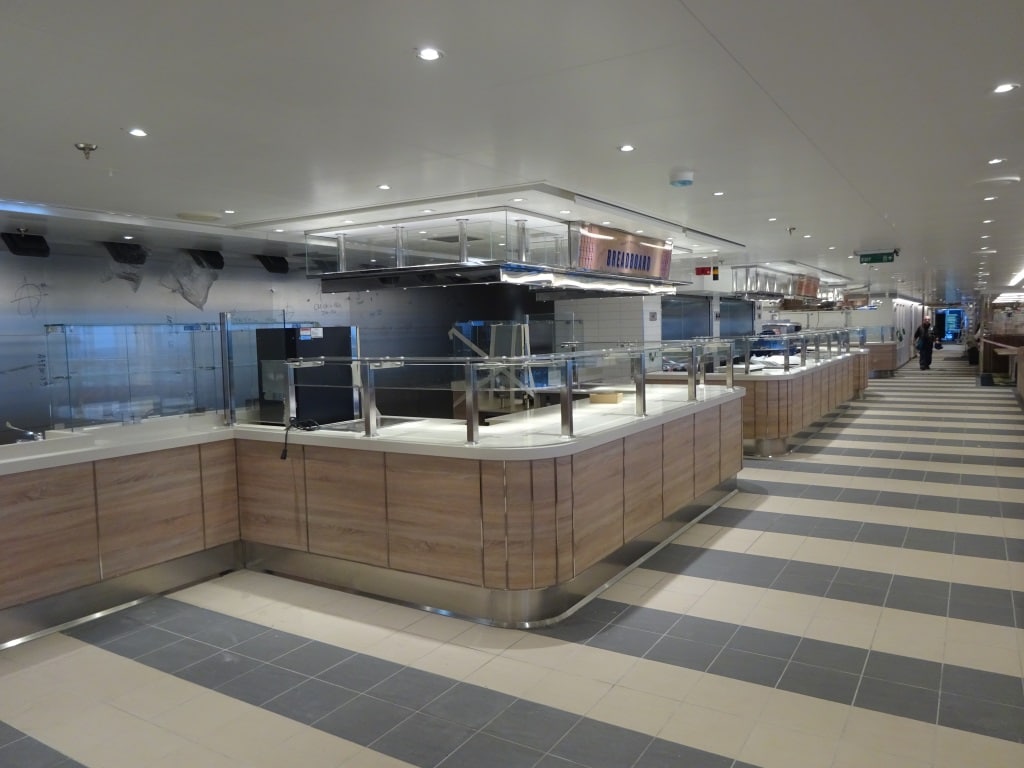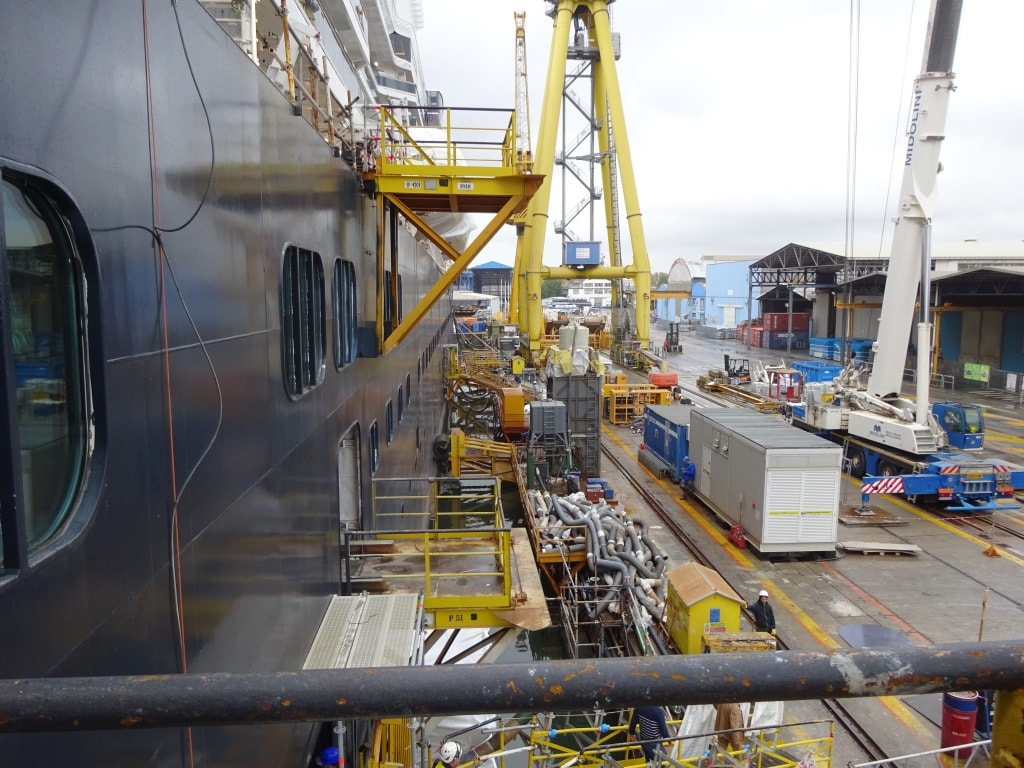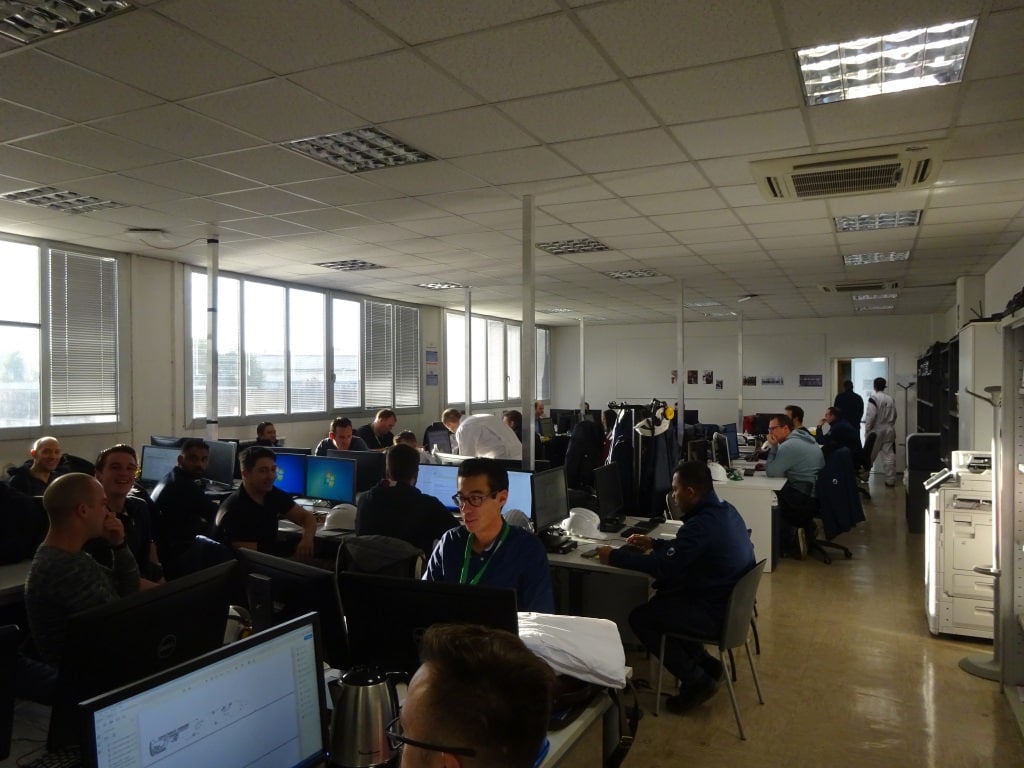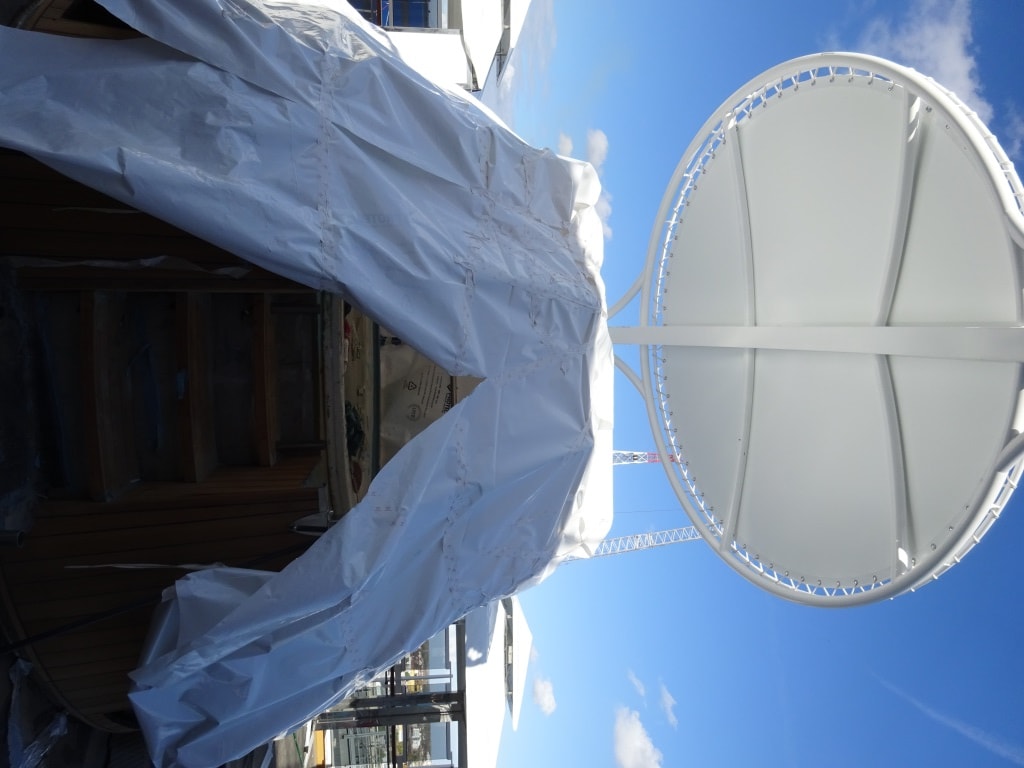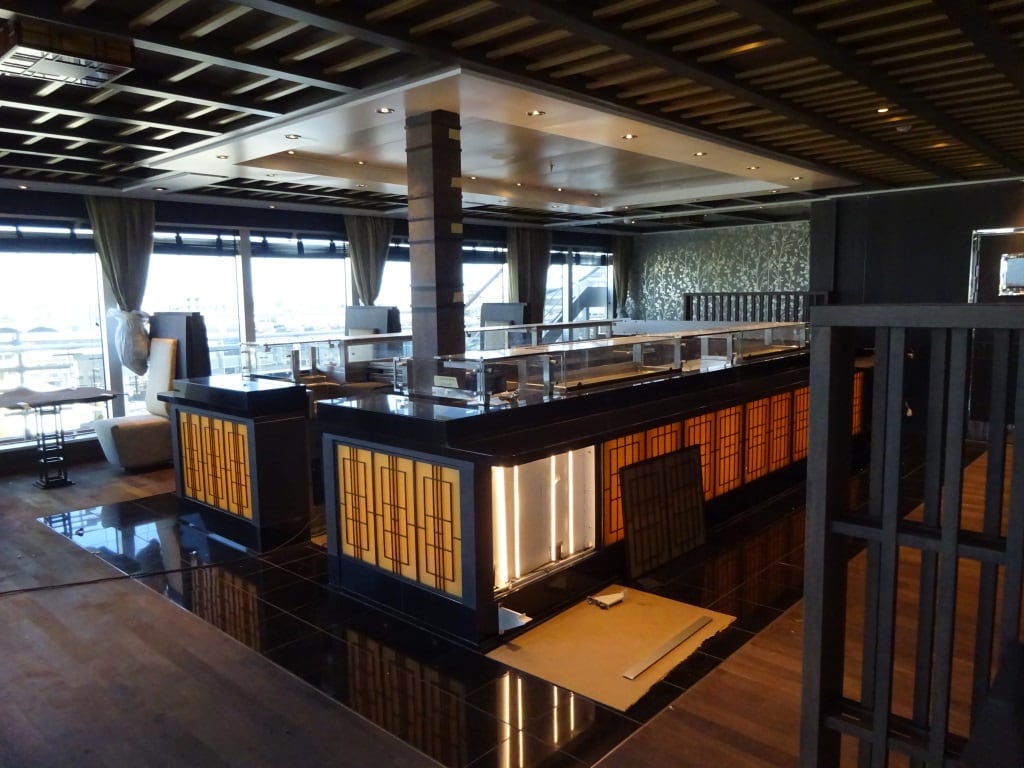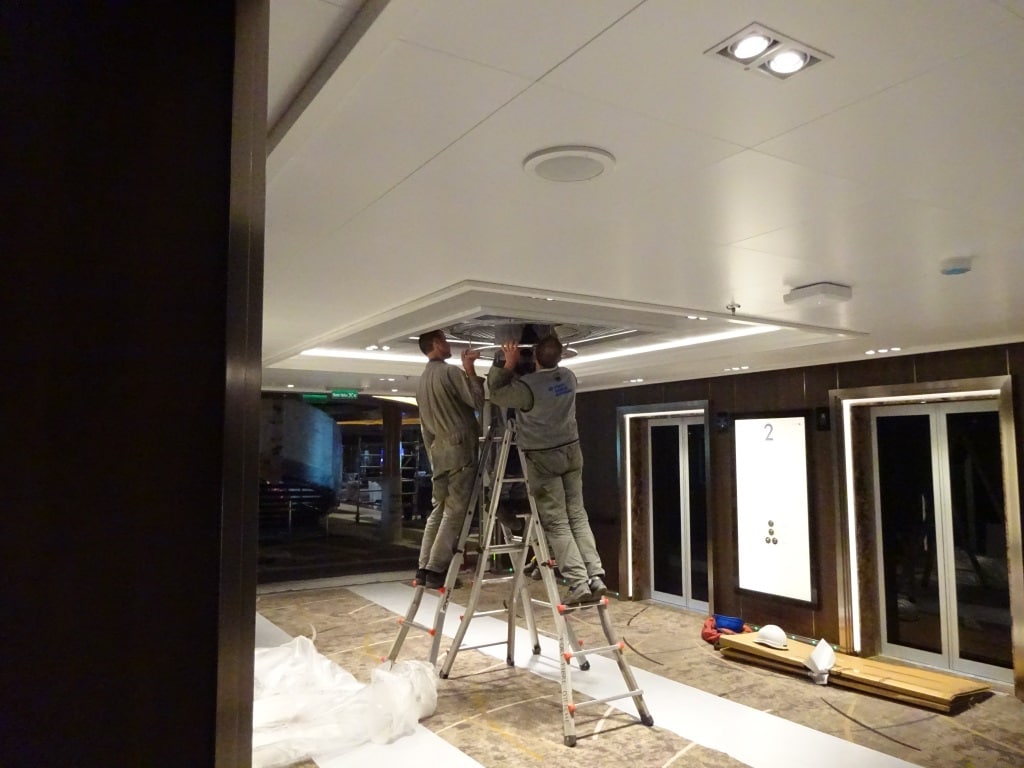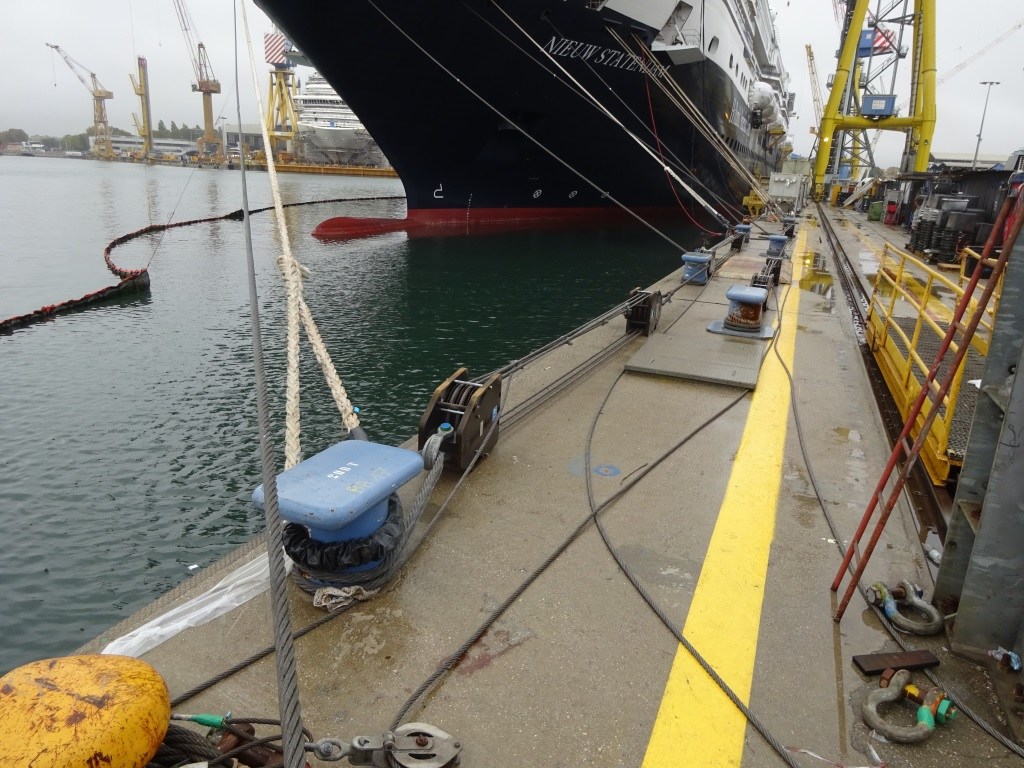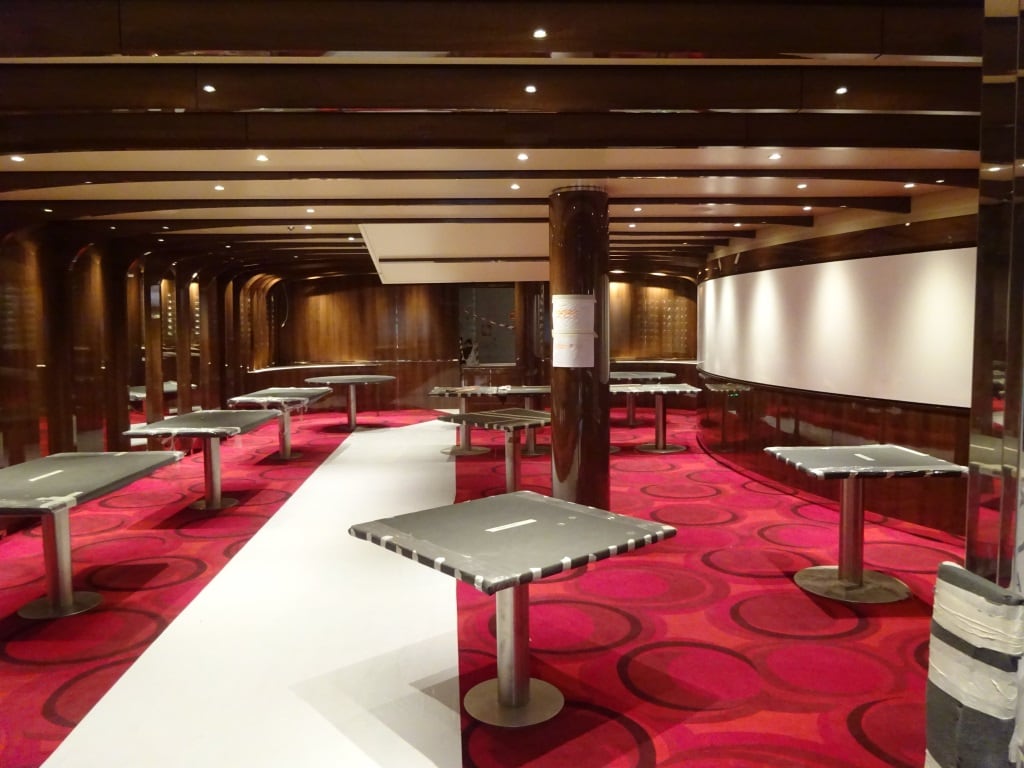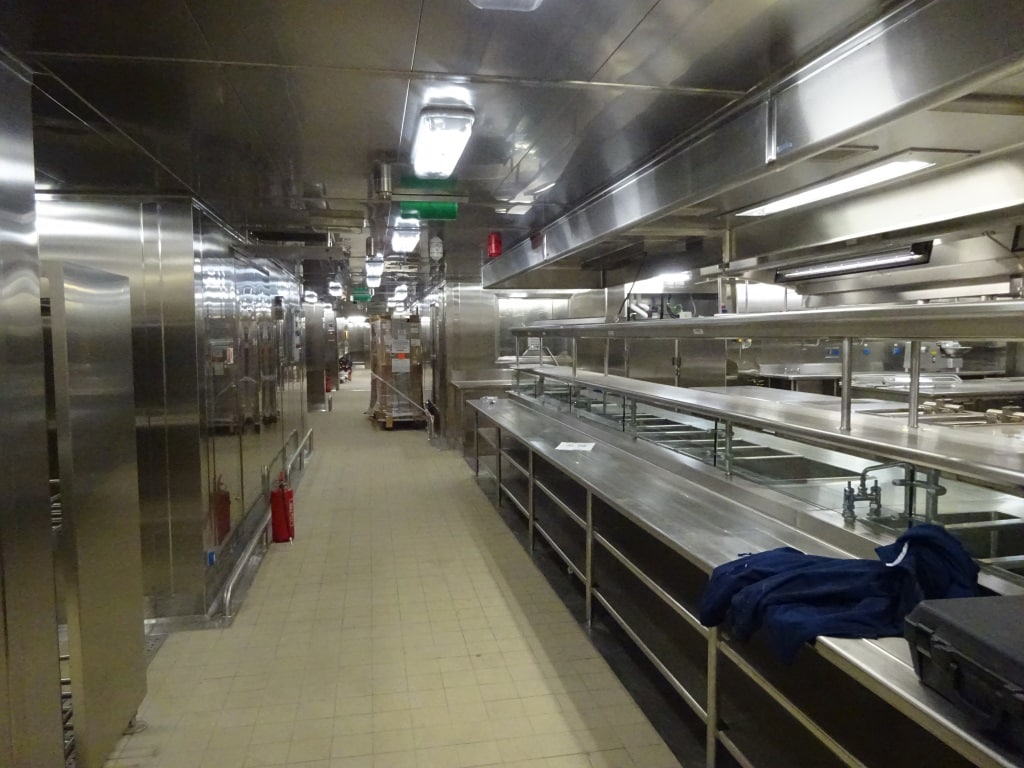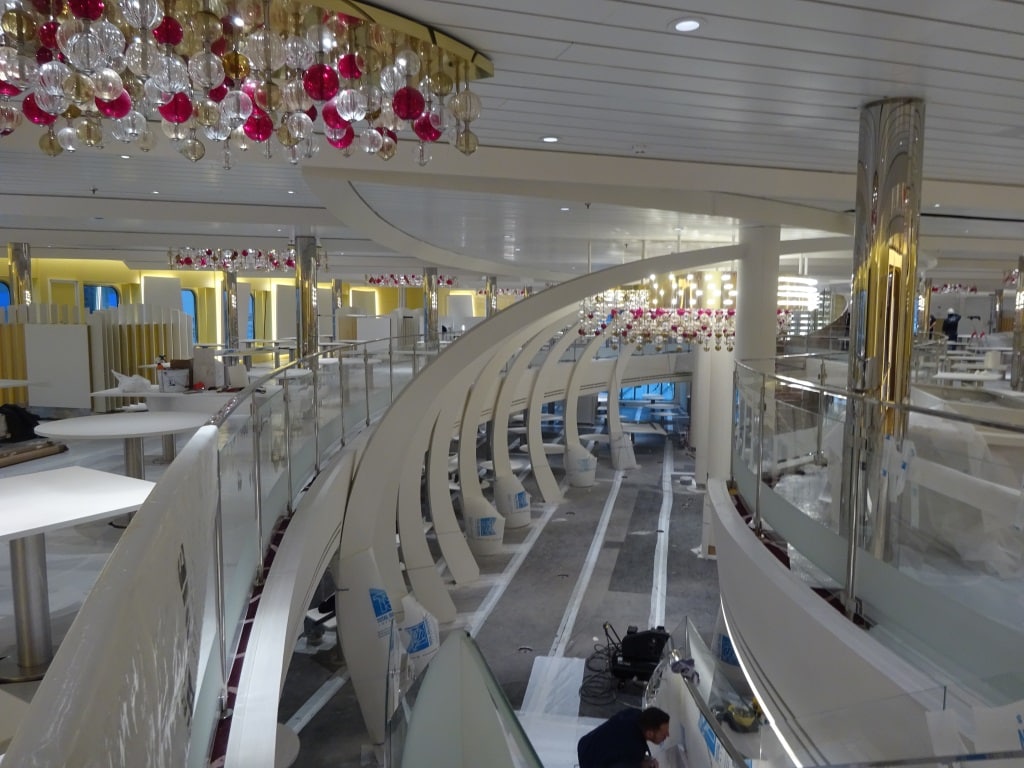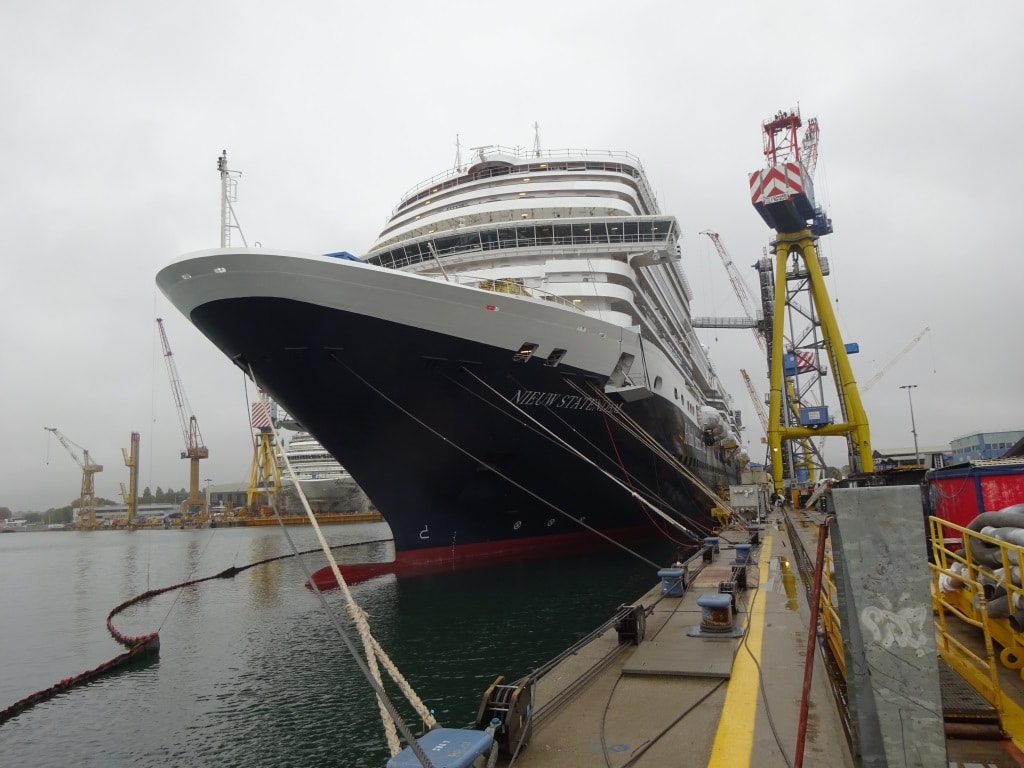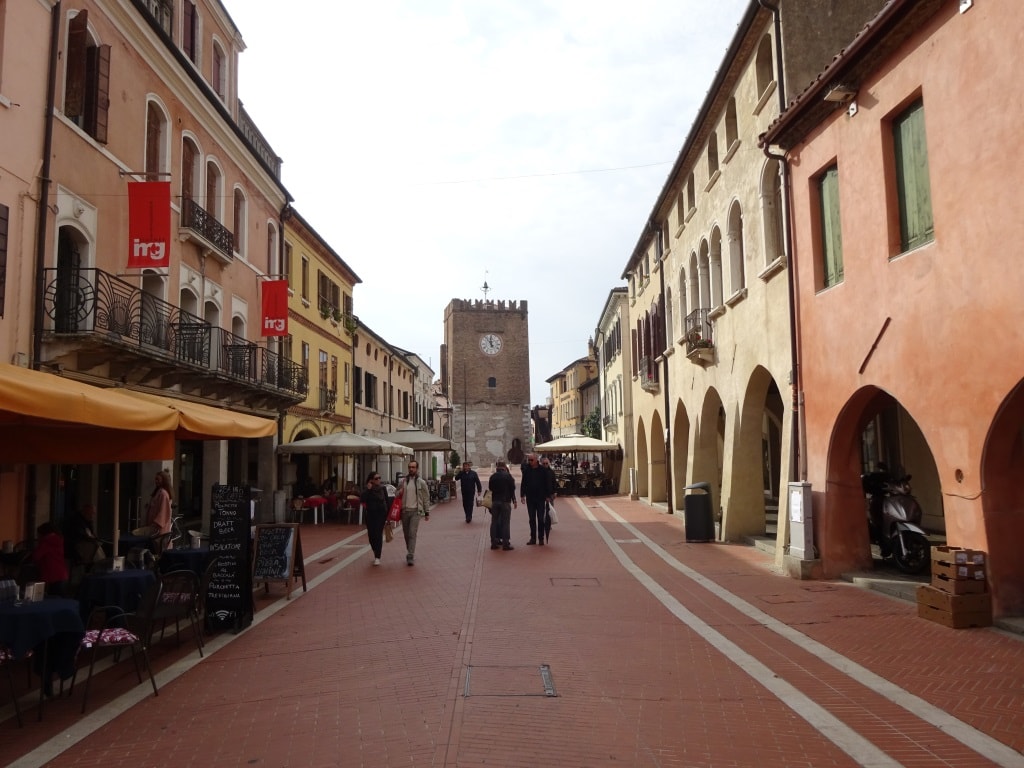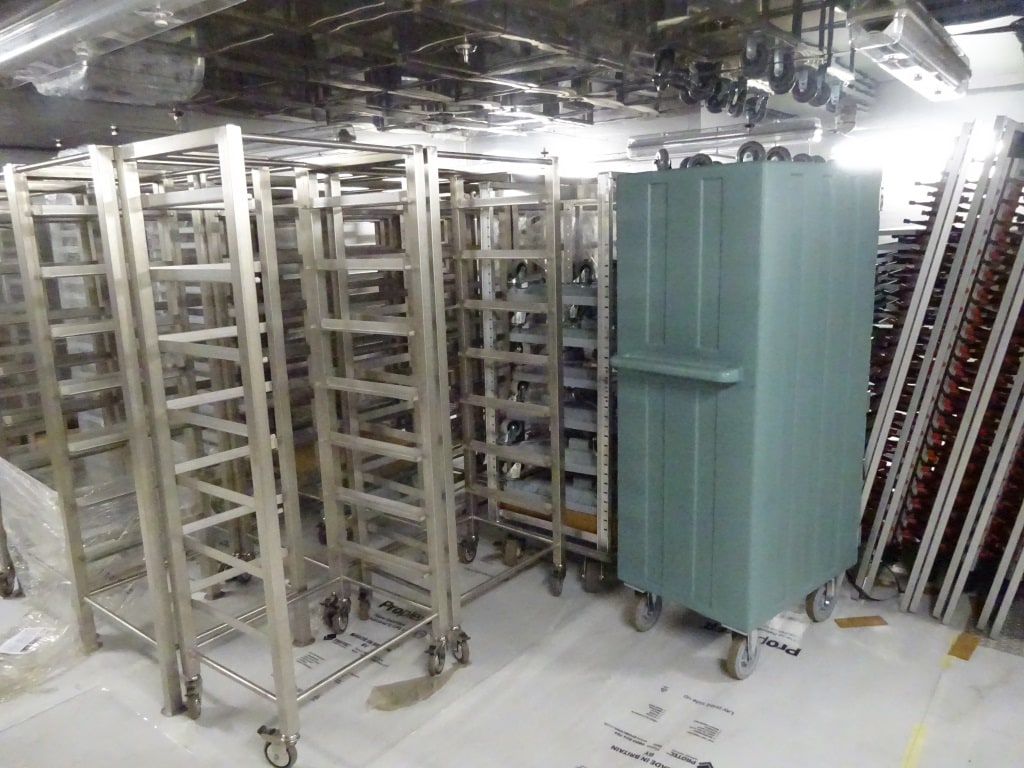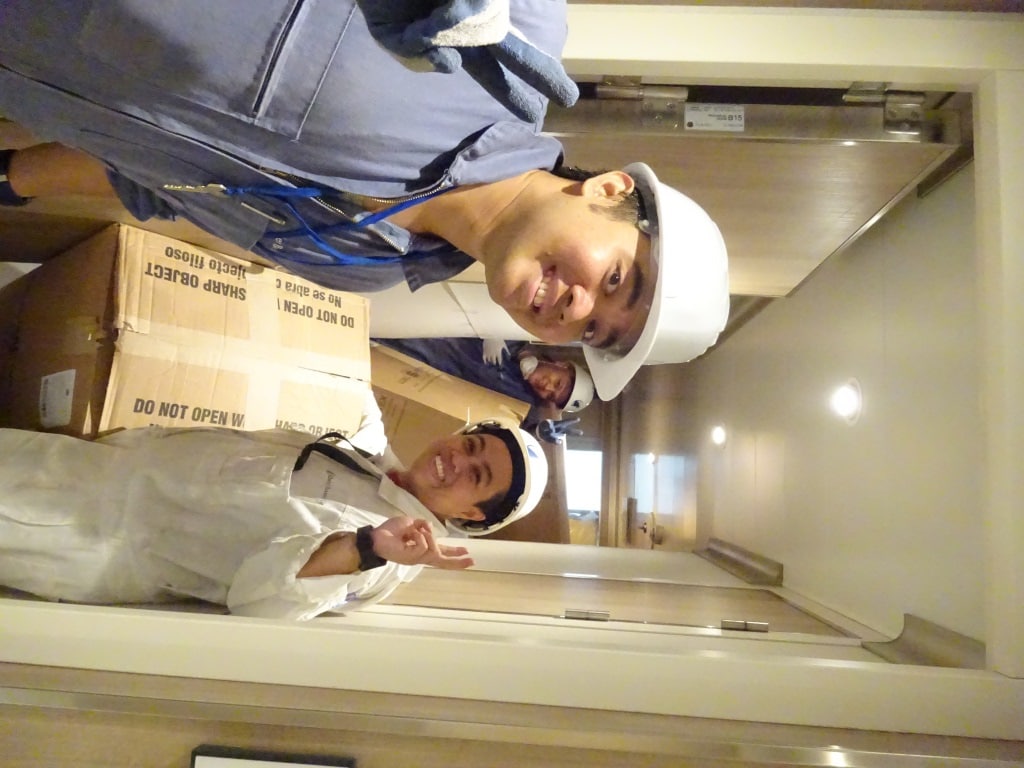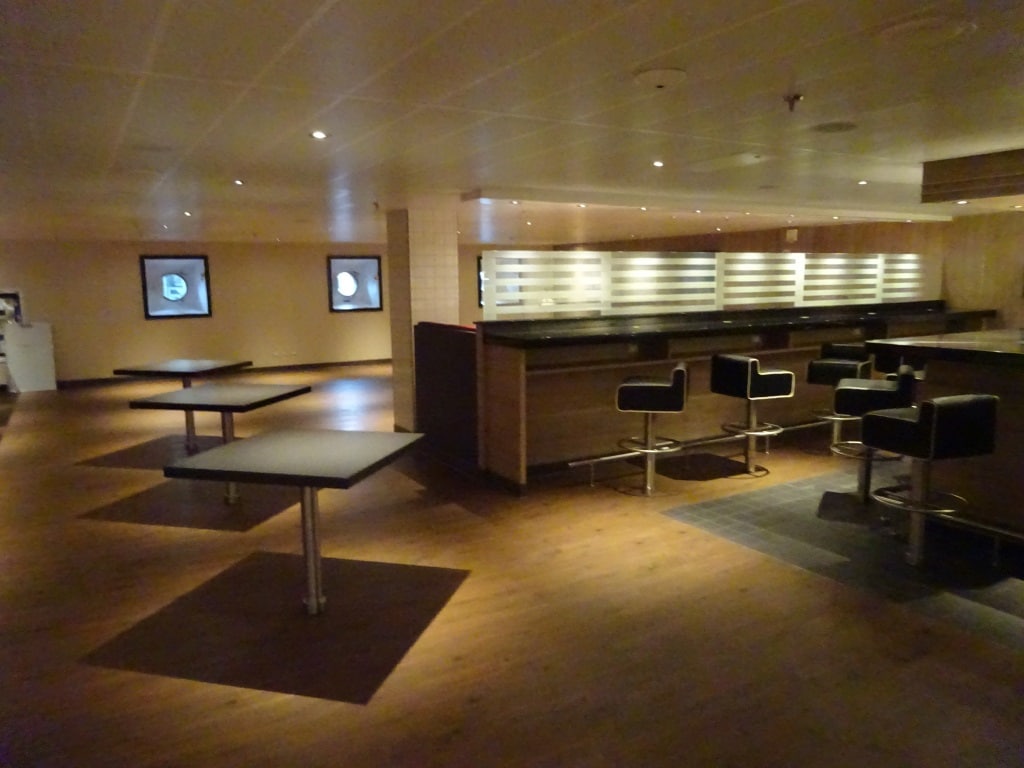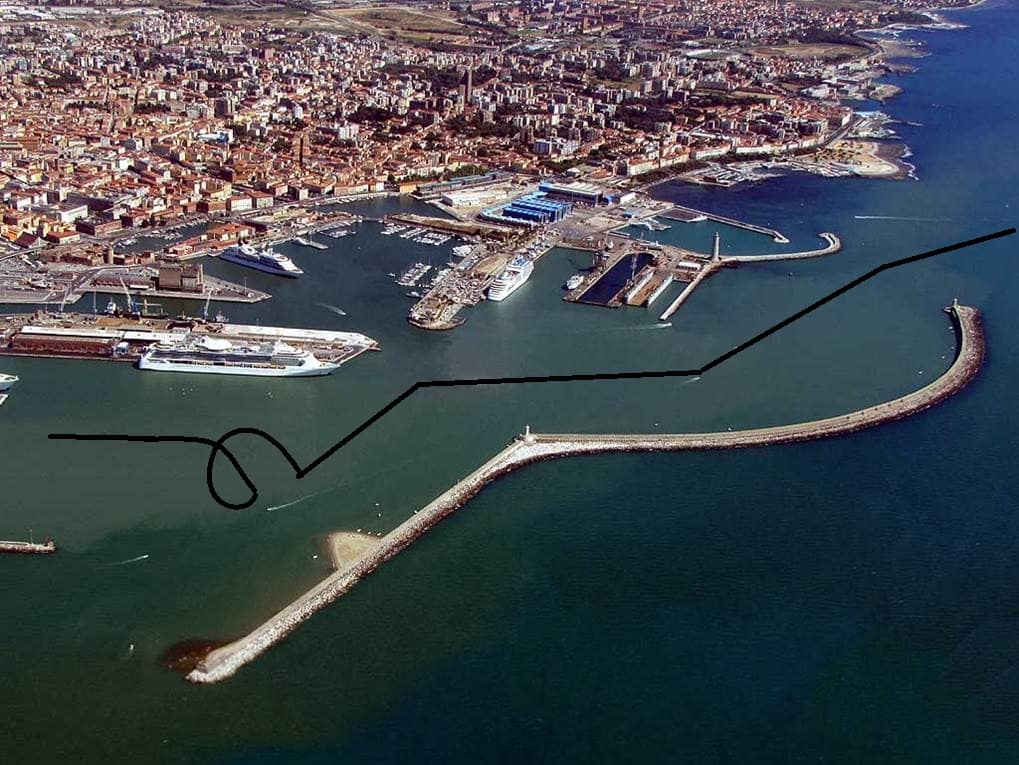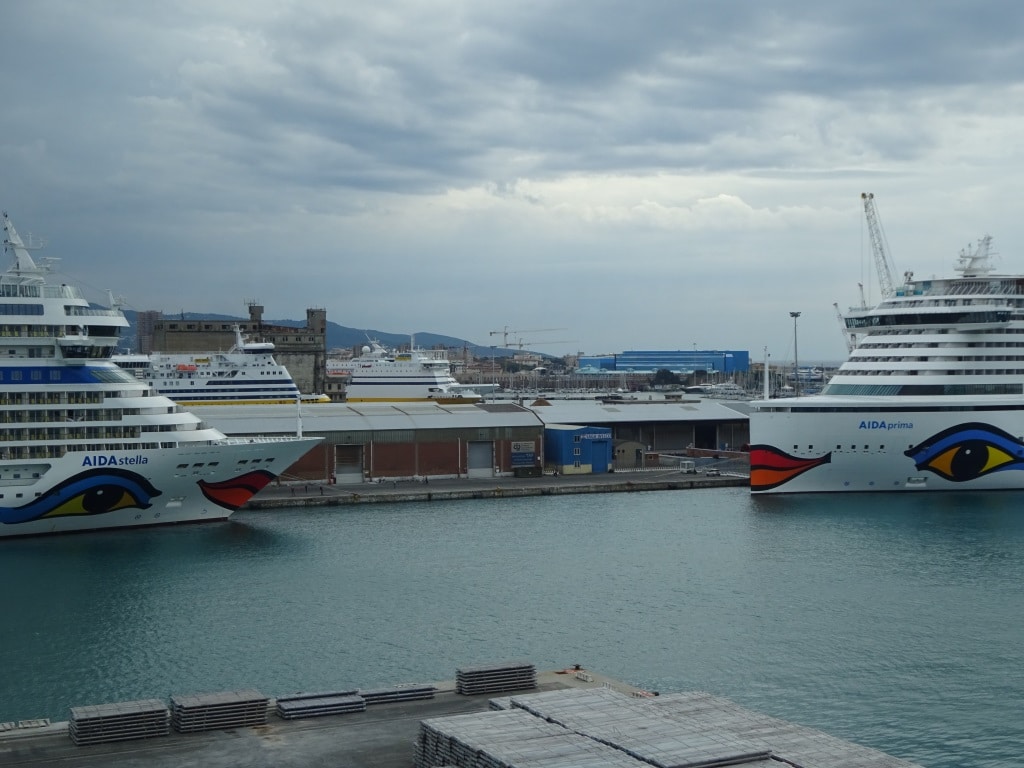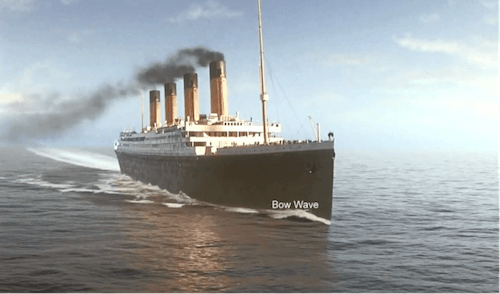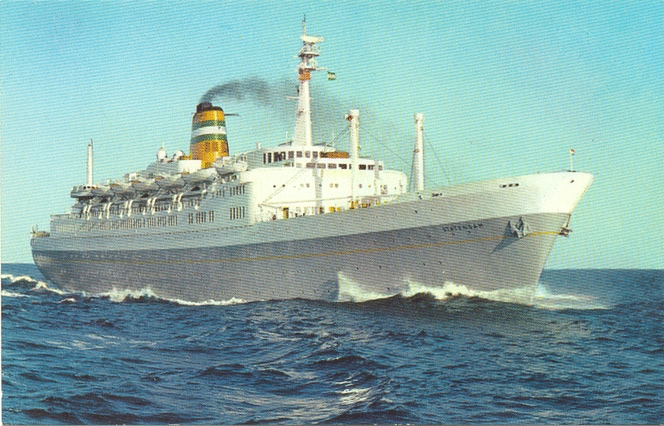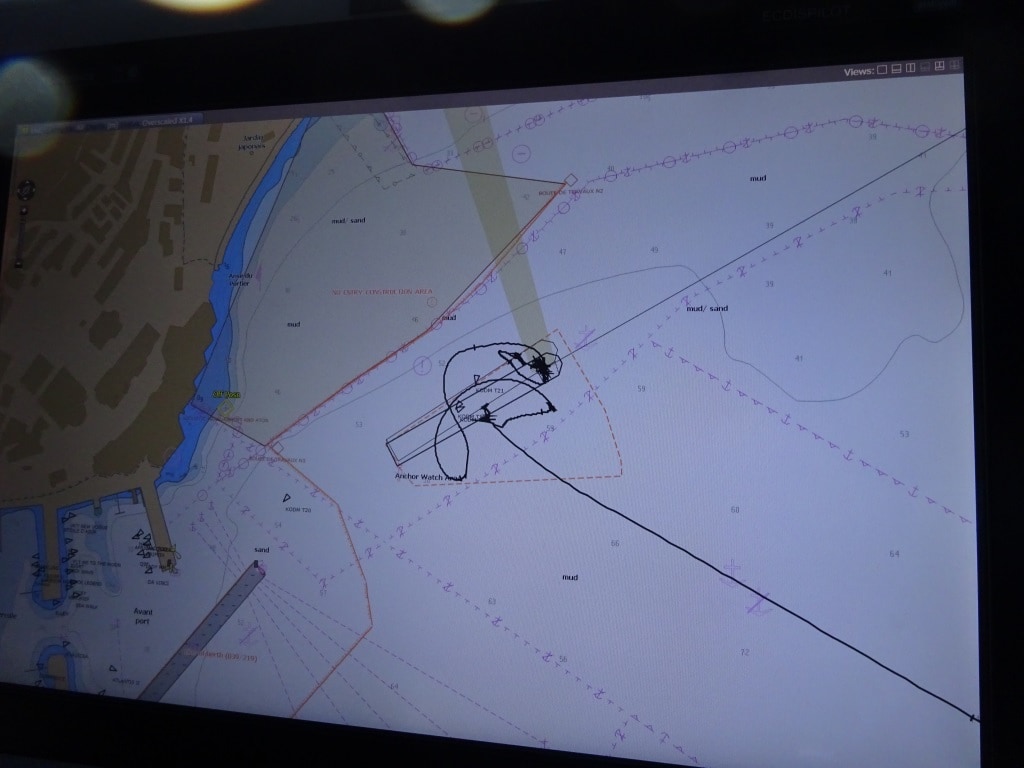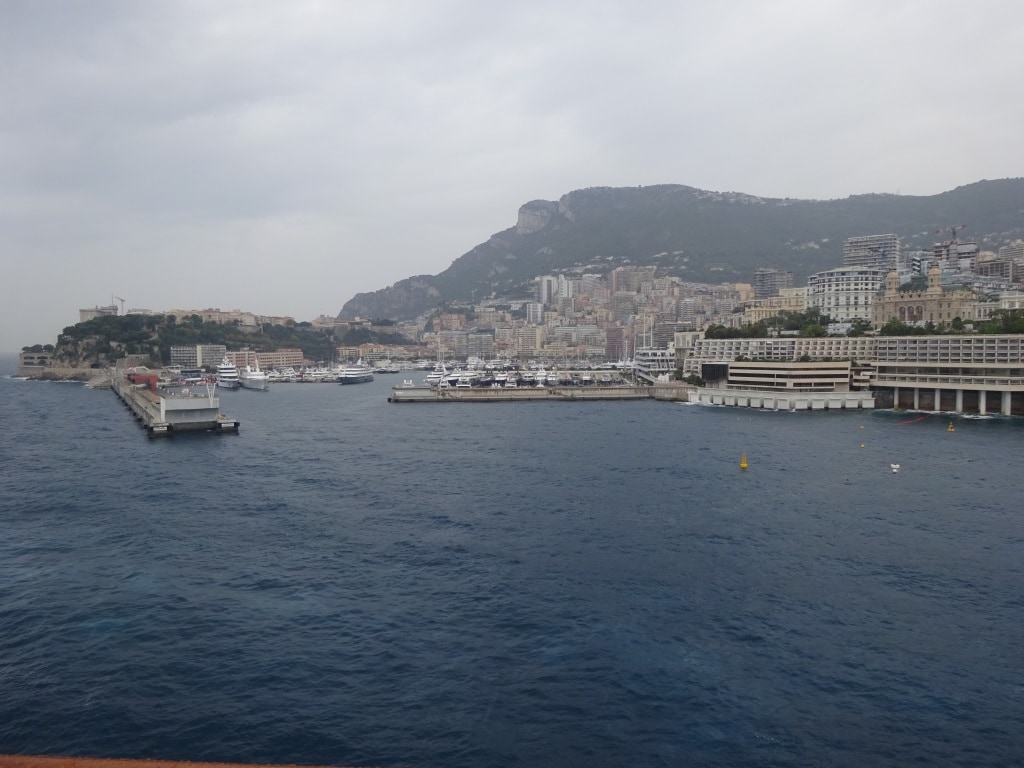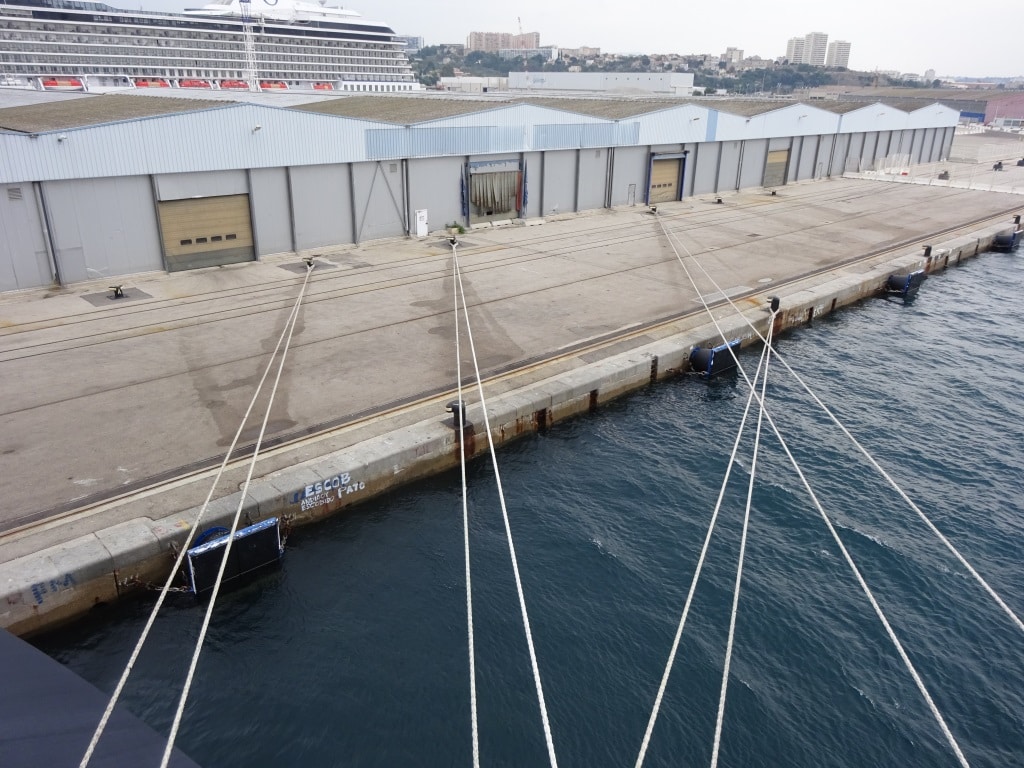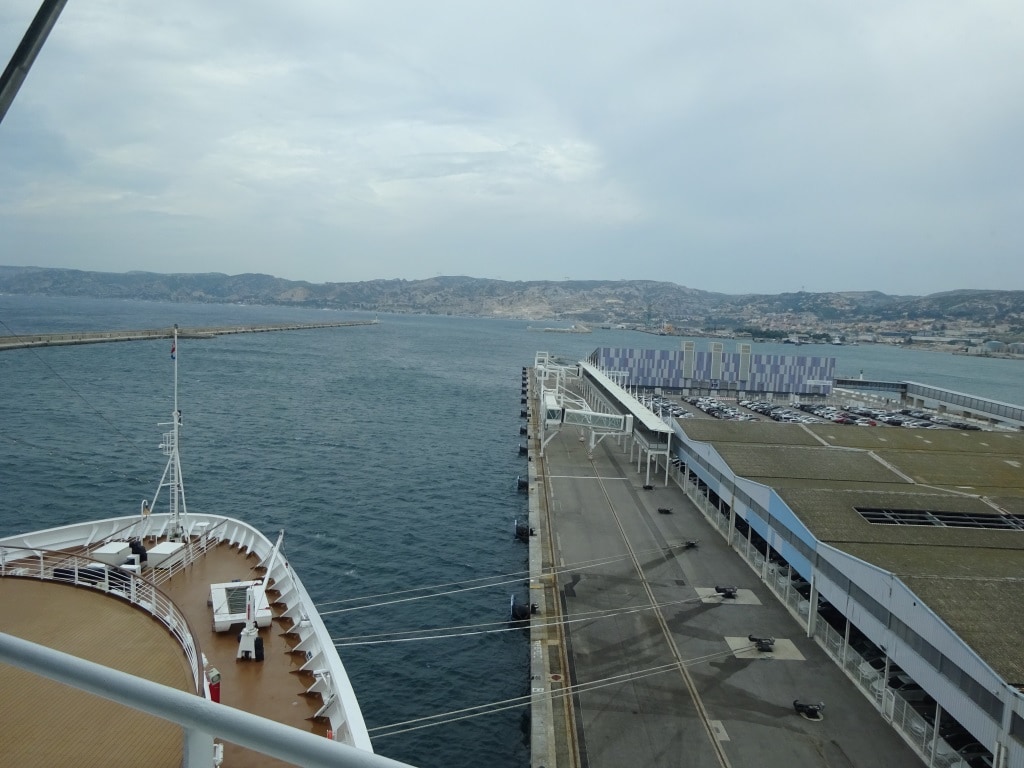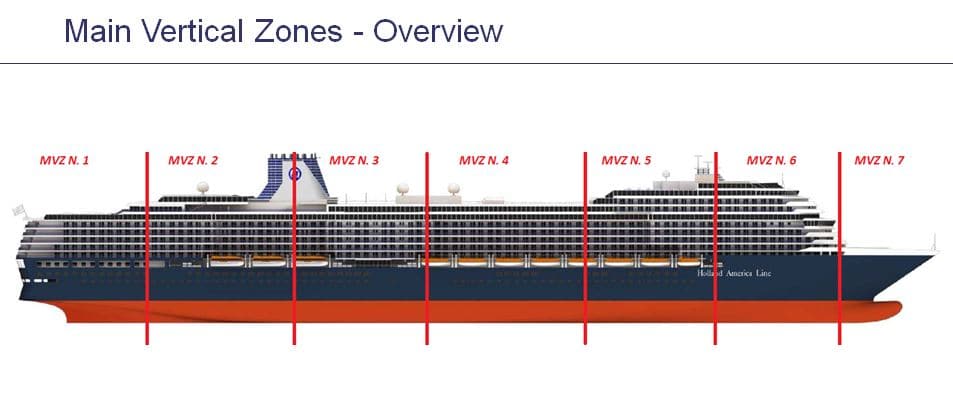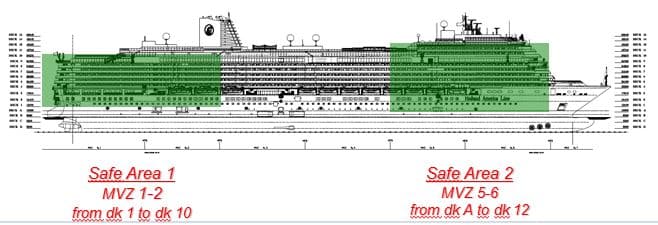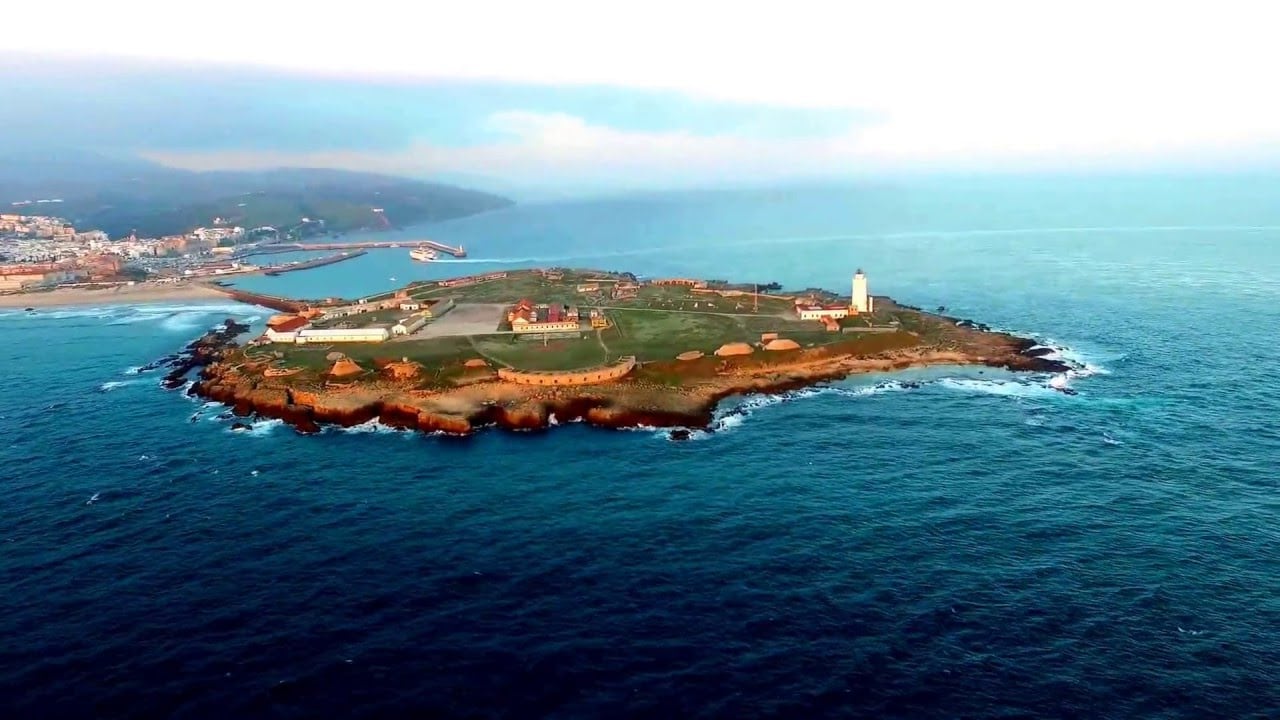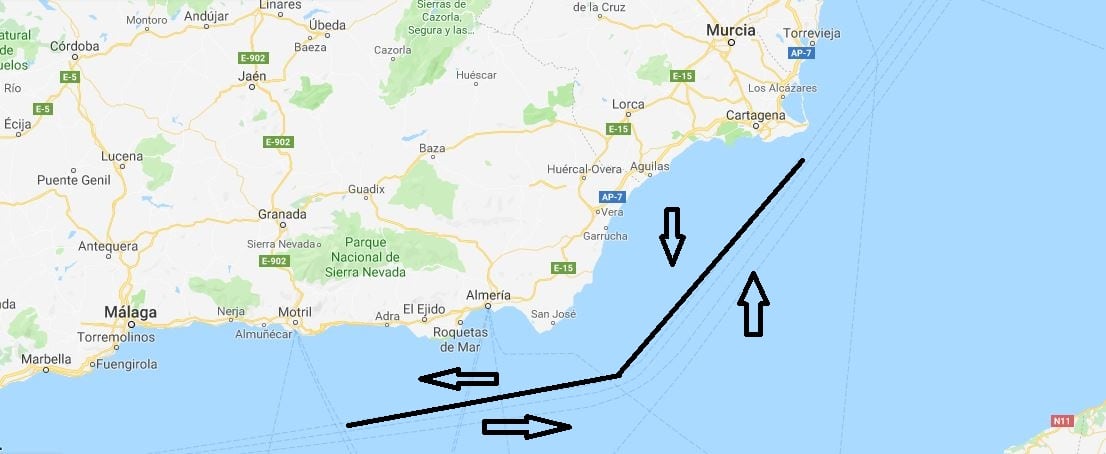Maybe it was because the yard people had a day off yesterday or maybe just because there was a lot of work already scheduled or maybe because it is weekend tomorrow but everything seemed to go a bit faster than normal. As the English say, they all had a spring in their step. And thus we saw a rushing to and fro from all the officers going hither and dither to the areas where more and items were handed over to the Owner. Handing over has to be seen in context. The ship remains the shipyards responsibility until it is handed over but when Owner and Yard agree that something is completed then we get some influence. Prime examples are the cabins. I mentioned in the past days that we are now using Guest Cabins for storage and that is only possible after the agreement of completion.
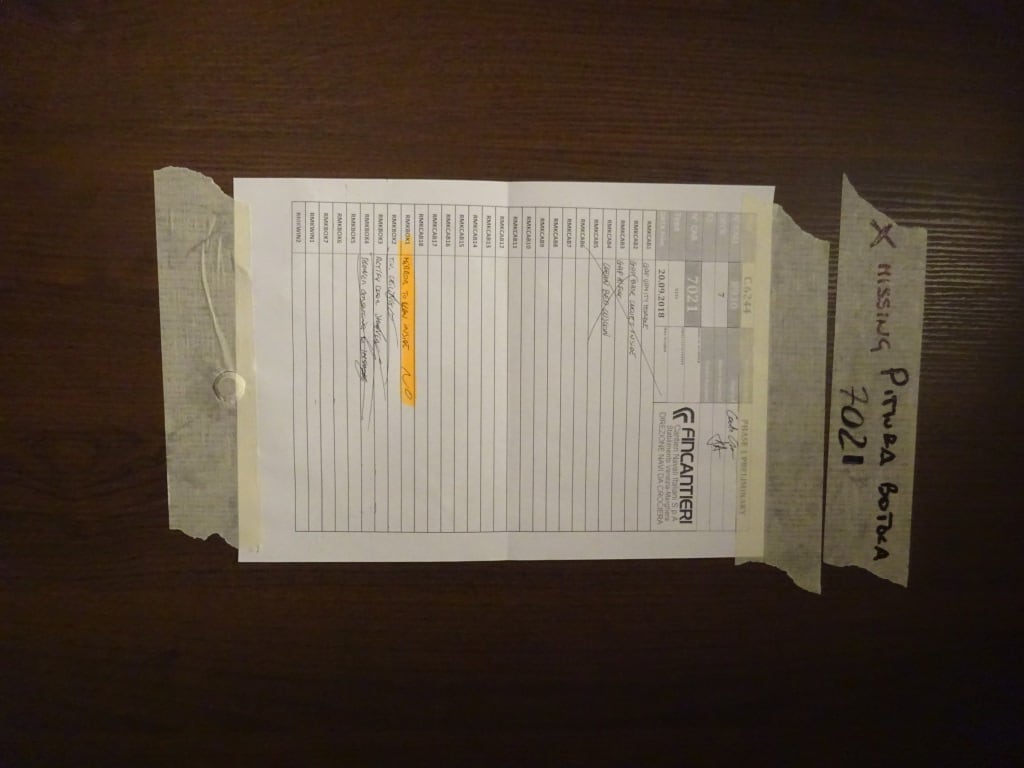
Normally a cabin is checked several times. During the first one or two inspections things might be found and then a list appears outside the door for the technician to work on. Once the work has been completed a supervisor arranges the next inspection and that will continue until everything is perfect.
The cabins are partly worked on by the yard and partly worked on by sub-contractors. So for the outsider is looks a bit chaotic in the way it is done. It goes by section. So Zone 4 Deck 8 might be completed, while zone 4 deck 7 is still in progress. And thus you see people working everywhere as they cannot all work in the same location. Once the walls were in, the upholsterers move through and once they are gone the electricians moved in for the light fittings and now I see a lot of people walking by with mirrors. And it makes sense to do those last. Yard workers are normally not known for their “gentleness” in work procedures. The final item to be fitted by the yard will be all the Televisions. The latter is a major task for the HAL AV team that we have with us. Because the televisions are interactive, each TV has a dedicated address for the two way information exchange. All these connections have to be tested and get a number assigned. And that is done manually. Our TV people celebrated yesterday the fact that they had programmed 50% of all the interactive TV’s on board (so 1200 of the 2400 or so). Maybe boring work but very important as our guests love all the movies (250+ of them) and the fact that they can stop and start again whenever they want to.
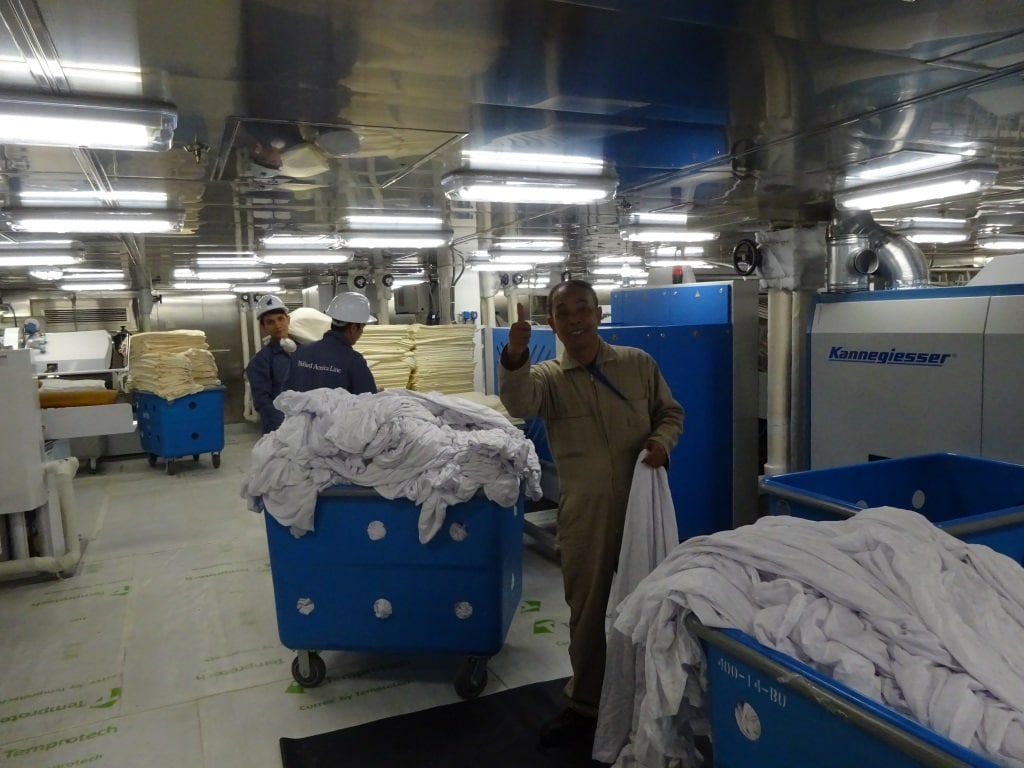
A Laundry man is only happy when he sees trolleys full of laundry to work with.
Once the cabins are finished Housekeeping gets a section key and they can start cleaning the cabins. The yard has a whole armada of lovely Italian Ladies who clean each cabin before hand over. But it is the same as with buying a house, dust free delivery is not the same as spotless. Holland America used to have the title of the “spotless fleet” in the 1920’s and 30’s and we still have that tradition. But as the guests are coming later than the crew, the current focus of Housekeeping is on getting the crew cabins clean and ready. So today everybody was on A, B, C deck, getting linen and towels in and making the beds. Crew normally makes their own beds but in this case all the cabins will be ready for when they board on the 10th. All crew except Sr. petty officers and officers share a cabin and each cabin has a toilet and a shower. All crew have their favorite ship to sail on but the one thing they all like on the new ships is the interactive movie TV. They can receive the guest channels but we also screen crew movies of what is popular at home and the stop and re start option is the best invention ever for those who work shifts.
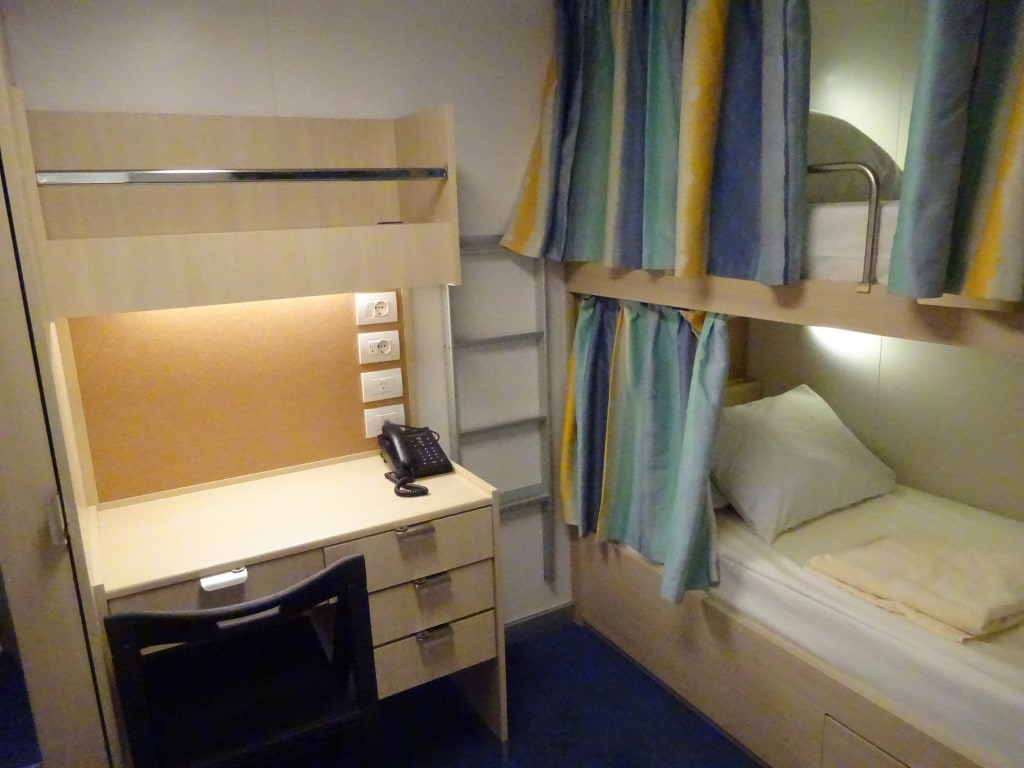
This is a standard crew cabin for two. Please note the number of sockets, both in European and America plug size and in 220 and 100 voltage.
Before the all the linen goes in, it is washed and ironed. And we can do that because the ships laundry is fully up and running. Once the crew linen is out of the way, they will start on the guest linen and by that time also the crew will be on board and will start sending crew-laundry and uniforms down. Doing it this way the pressure for turnover in the laundry will go up step by step and everybody will have time to get adjusted to the routines again. The Laundry Master will be tinkering with his setup for quite a while as the yard just delivers everything as ordered and in working condition but figuring out the best flow, is up to the ships complement.
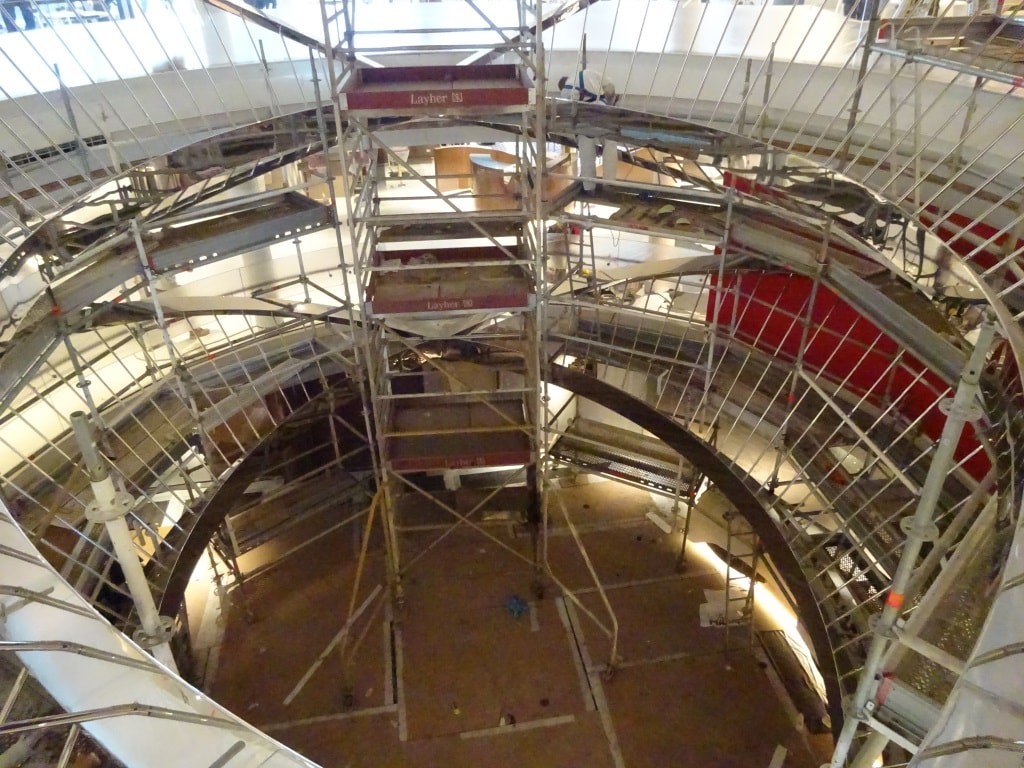
There is still some scaffolding left in the ship. Polishing work on the Atrium sculpture takes a long time to reach 100% without blemish.
Today it was drizzling all day long. A day of “farmers delight” just enough rain to let it soak into the soil at the same time. Weather for tomorrow is overcast according to the forecast and the temperatures are going up. 19oC / 67oF. Not ideal for us, as parts of the ship do not have A.C. yet and thus it can get a bit toasty inside in certain areas.
